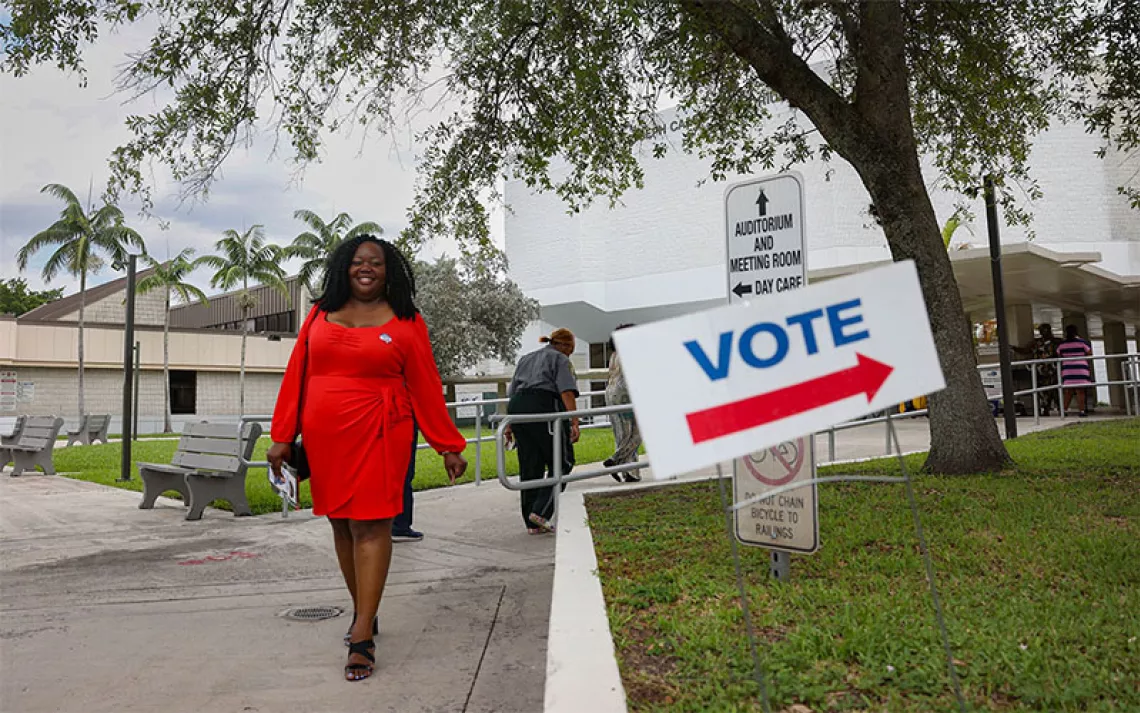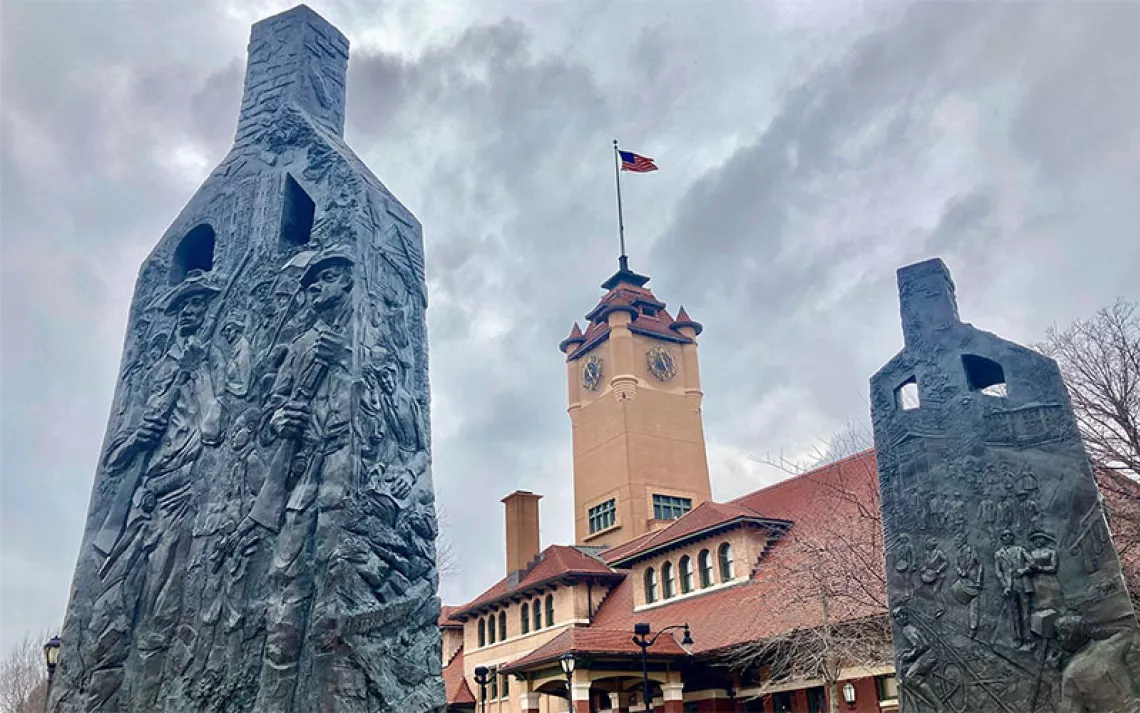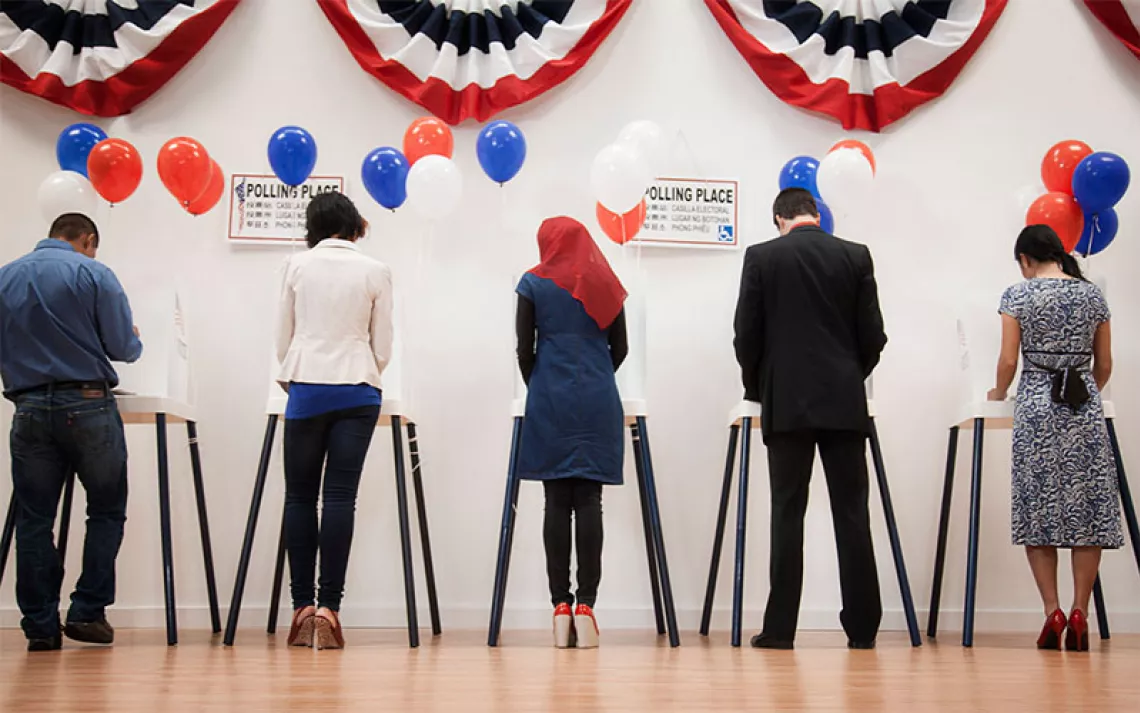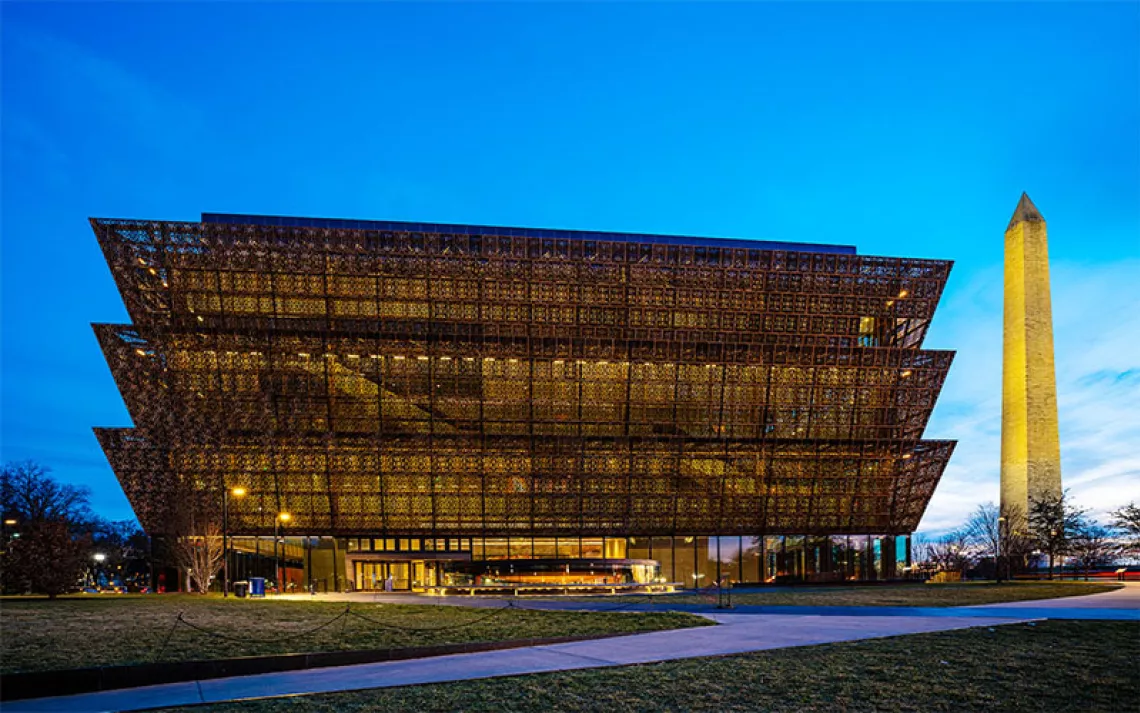The Easiest and Hardest Places to Vote This November
Some states make it easy to cast a ballot; others make you jump through hoops
Editor's note: The information in the maps below has been updated from the print version to be accurate as of April 27, 2020. We will not be updating it further after that date.
US citizens are routinely denied an opportunity to vote for a great many reasons: They don't have the right form of ID. Their registration has lapsed. Their signatures don't match exactly. They've done time in prison but haven't paid all their fines yet. Their African American/Latino/Asian-sounding name was purged from the voter rolls. Their usual voting place was closed, and the new one is far away. Added up, those reasons help explain why, out of 32 developed nations, the United States ranks 26th in voter turnout.
The reason we have such a system is simple: There is no constitutional right to vote. The framers of the Constitution left voting to the states; many of those states wrote laws to discriminate against people of color. The Voting Rights Act of 1965 tried to remedy that by requiring states with a history of discrimination to "preclear" any new voting laws with the Justice Department. But in 2013, the Supreme Court struck down the provision, reasoning that times had changed. Almost immediately, many of the formerly discriminatory states went right back to their old ways by, for example, banning people with felony convictions who had served their time from ever voting.
These maps show the best and the worst of state voting laws. Many are in flux; check with your local registrar to learn the status where you live.




This article appeared in the May/June 2020 edition with the headline "The Easiest and Hardest Places to Cast a Ballot."
 The Magazine of The Sierra Club
The Magazine of The Sierra Club



